Facet Joint Injections
What are Facet Joints?
Facet joints are small joints which occur in pairs on the back or side of your neck, mid back and low back. Facet joints guide motion and provide stability to the spine. Facet joints can cause pain because of back injury, arthritis of the spine, and mechanical stress.
(article continues below the video)
(continued article text)
Anatomy
The spine consists of the cervical (neck), thoracic (mid-back) and lumbar (low back) regions. Each spinal segment consists of a pair of facet joints between the vertebrae. In the lumbar and thoracic spine, the facet joints are on the back of the spinal column. In the cervical spine, the facet joints are on each side of the vertebra.
The facet joints allow you to bend forward and backward. They also allow you to twist. The surfaces of the facet joints are covered by articulate cartilage. There is also a surrounding capsule filled with synovial fluid. The cartilage acts as a cushion which reduces the friction between the opposing bones.
The facet joints produce typical pain patterns depending on their location. Pain emanating from cervical facet joints can radiate to the head, neck, shoulder and/or arm. Pain emanating from the thoracic facet joints can be felt in the mid back, chest and/or arm. Pain emanating from the lumbar facet joints can be felt in the lower back, buttock, hip and/or leg.
Facet Joint Injection
Facet joint injections involve injecting a local anesthetic and/or steroid medication into the facet joints of your neck, mid back or low back.
Facet joint injections are performed to determine whether the facet joints cause your neck pain, mid back pain or low back pain. When the goal is to determine the cause and location of the pain, local anesthetic is injected into the joint. When longer-term pain relief is sought, steroid, along with the local anesthetic, is injected into the facet joints to decrease inflammation.
Facet joint injections may allow you to begin a physical therapy program by decreasing your pain. It is not uncommon for facet joint pain to be severe enough not to allow physical therapy to begin.
Procedure
Before the procedure, the physician will perform a history to determine
Are you allergic to the medications being used?
Do you have any active infections?
Are you using any blood thinners?
A list of blood thinners will be given to avoid before the injection. These include most non-steroidal anti-inflammatory medications and certain herbs. If you are taking Coumadin, Plavix, Xarelto, etc. Your physician must obtain permission from your primary care physician or cardiologist to instruct you to stop taking these medications before the procedure.
During the procedure, you will be asked to lay face down on an x-ray table. The skin over the area to be treated is cleaned with a sterile solution. You may be given oxygen via a nasal cannula inserted into your nostrils.
Using a local anesthetic, your doctor will numb the skin over the area to be treated. This is similar to a local anesthetic being administered by your dentist before a procedure. A small needle is inserted into the facet joint using x-ray guidance (fluoroscopy). To confirm that the needle is properly placed into the joint, contrast dye may be injected. A local anesthetic such as Lidocaine, along with an anti-inflammatory medication such as steroid, is injected into the facet joint.
For the first two to three days after the injection, apply ice for 20 minutes at a time if any discomfort is noted. A barrier should be placed between the ice and the skin. Improvement in the pain symptoms can occur in as long as five days after the injection.
On the day of the procedure, it is advisable to avoid any strenuous activities. If you were given sedation, you should not drive for 24 hours after the procedure.
Blood-thinning medications should not be taken until the following day. However, take your regular medication before and immediately after the procedure.
Patients may return to their regular activities on the day after the procedure. If the pain is improved, exercise and activities should be performed in moderation. Activities should be increased gradually and not suddenly over the next one to four weeks.
If the diagnostic facet joint injections decrease pain by at least 70%, radiofrequency neurotomy of the sensory pain nerves that supply the facet joints is recommended. This procedure is also known as radiofrequency ablation or radiofrequency rhizotomy.
Tania Faruque MD is the medical director of Palomar Spine & Pain, in Escondido, CA (North San Diego County).
